
A group of researchers has developed a method for achieving high Q factors from robust mechanical structures, significantly reducing device fabrication difficulty and enabling device operation in various environments. High-Q mechanical resonances are desired in many applications, but conventional wisdom relies on minimizing the size of mechanical resonator supporting structures, which makes the fabricated mechanical [..]
Read More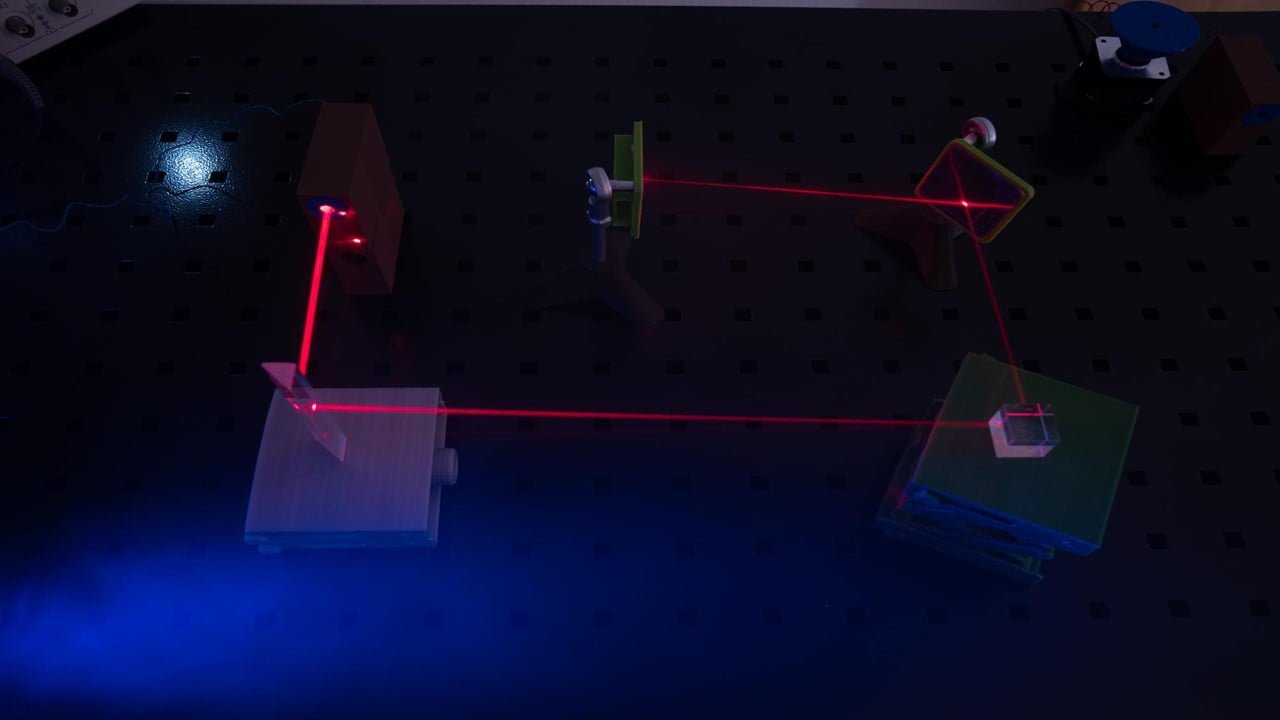
Femtosecond laser pulses are extremely powerful tools in various applications ranging from medicine to manufacturing to astronomy. Using a time lens, researchers created a high-performance on-chip pulse source. The technology has the potential to enable new applications in quantum and optical computing, astronomy, optical communications, and other fields. Microfabrication techniques, similar to those used to [..]
Read More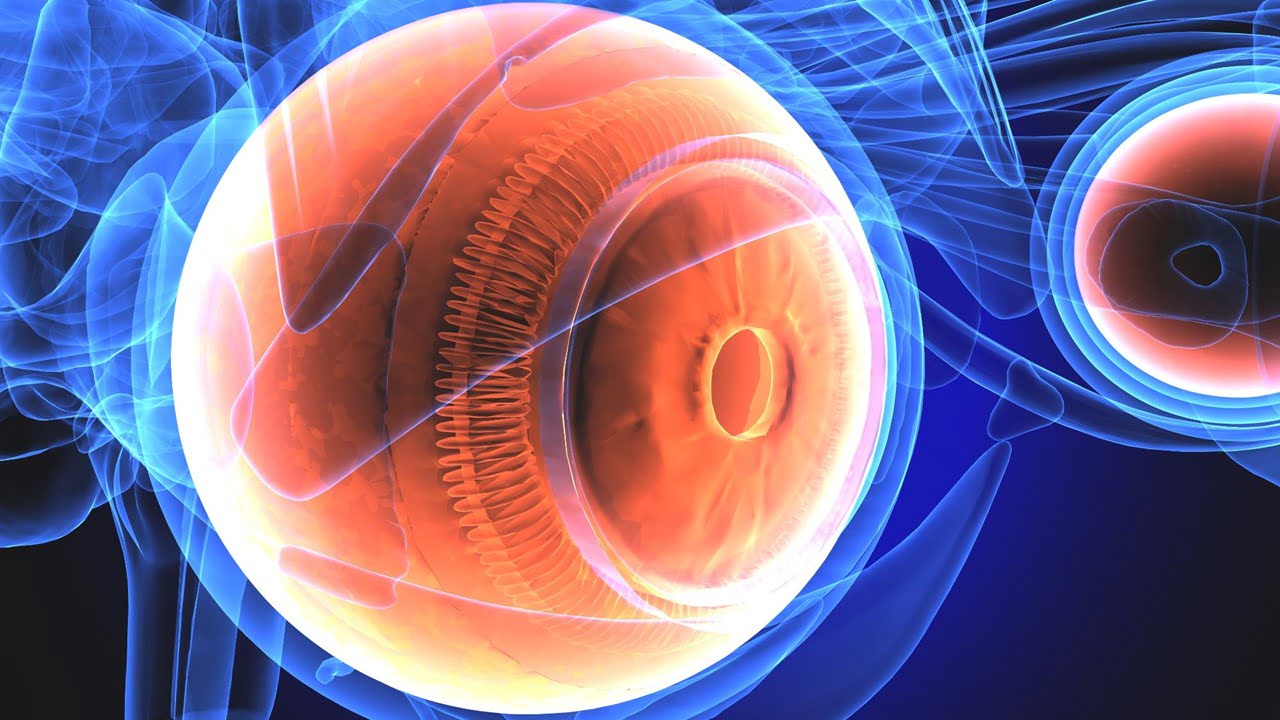
High-resolution imaging with adaptive optics (AO) could be useful for determining the integrity of the cone mosaic after macular hole repair. An adaptive optics retinal camera was used to measure photoreceptors before and after macular hole (MH) surgery to assess any cone density changes accurately. The researcher described the results of a small study that [..]
Read More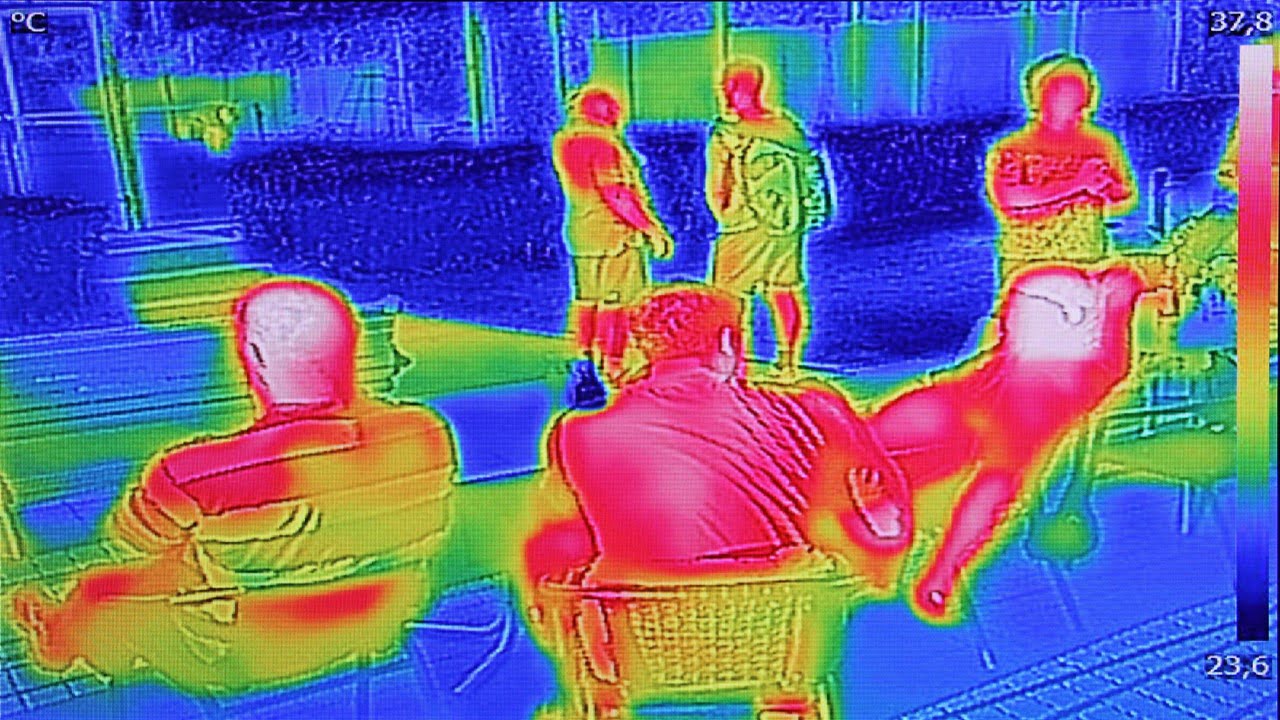
A group of researchers has created a new thermal-imaging sensor that detects microwave radiation 100,000 times more sensitively than currently available commercial sensors, paving the way for novel communications and weaponry technology. The sensor developed by scientists could dramatically improve thermal imaging and provide a foundation for inventions in electronic warfare and radio communications, among [..]
Read More
A new study has revealed how diatoms’ glass-like shells help these microscopic organisms perform photosynthesis in low-light conditions. Improved solar cells, sensing devices, and optical components could result from a better understanding of how these phytoplankton harvests and interact with light. They developed a computational model and toolkit that could pave the way for mass-manufacturable, [..]
Read More
The transition to full-fledged AR glasses with all-day wear necessitates a high dynamic range display that works equally well in dimly lit indoor and mid-day sun outdoor spaces. Laser beam scanning (LBS) is an ideal (small size-to-power density, weight-to-performance ratios) light source for the application. Light coupling from the source into the optics can help [..]
Read More
Engineers have created a cohesive final product capable of transmitting information at ultrahigh speed while generating minimal heat by integrating an electronics chip with a photonics chip (which uses light to transfer data). The new electronic-photonic chip design could impact the future of data centers that handle massive amounts of data communication. Data communication speed [..]
Read More
A team of researchers is working to advance the development of a quantum-based hyperpolarizer for use in clinical settings. The goal is to significantly improve MRI imaging of metabolic processes, allowing for earlier and more accurate tumor detection. Metabolic imaging with magnetic resonance imaging (MRI) is possible. Until now, signal amplification technologies have been prohibitively [..]
Read MoreReservoir computing is a new computational framework based on recurrent neural networks. Researchers have developed a new artificial synapse of alpha-indium selenide (α-In2Se3) that may aid in replicating biological neural processes in neuromorphic devices. Reservoir computing uses artificial synapses to run deep learning algorithms directly without needing data transfer between a memory and a processing [..]
Read More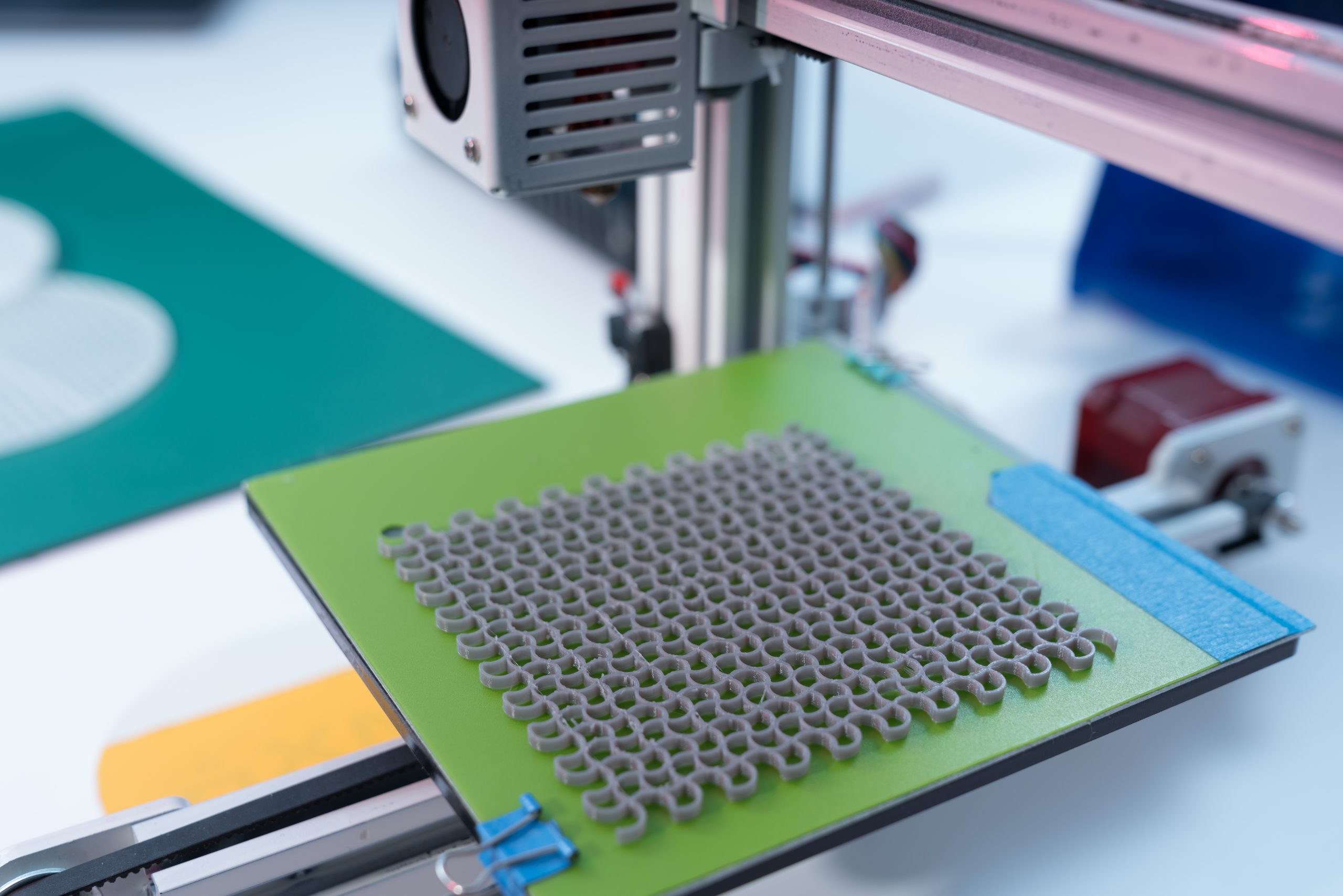
Metamaterials are engineered materials that allow us to go beyond the traditional interactions of waves and matter. Light waves that strike metamaterial coatings can be redirected, effectively preventing light from reaching our eyes. The technology enables us to create any pattern, color, or optical feature we can imagine. The “invisibility cloak” is the most visible [..]
Read More
NASA’s Laser Communications Relay Demonstration (LCRD) project was launched into geosynchronous orbit, 22,000 miles above Earth, and was hosted aboard the United States. The goal is to put optical communications to the test as an alternative to radio waves. The LCRD payload, attached to a support assembly flight (LSAF), produces infrared lasers that transmit data [..]
Read More
Chalcogenide glasses are covalently bonded amorphous compounds containing one or more elements: sulfur, selenium, and tellurium. Other elements found in chalcogenides include arsenic, antimony, and even germanium. Synthetic chalcogenide glasses, like pure germanium, have high refractive indices. Unlike brittle semiconductors, however, they can be precisely molded to specification rather than being built up through crystal [..]
Read More
Reflectivity is one of the difficulties in distinguishing a duplicate hologram (hologram verification) from an original. Because a slight change in lighting condition completely changes the reflection pattern displayed by a hologram, a standardized duplicate hologram detector has yet to be developed. Researchers have developed a portable, low-cost snapshot hyperspectral imaging (HSI) algorithm-based housing module [..]
Read More
A new imaging technique captures the structure of the human genome with unprecedented fidelity, revealing how individual genes fold at the nucleosome level – the fundamental units that make up the genome’s three-dimensional architecture. The method combines high-resolution microscopy with advanced computational modeling. It is the most comprehensive method for studying the shape of genes [..]
Read More
Researchers demonstrated a new simple laser system that could aid astronomers in the discovery of new Earth-like planets. The laser emits light at one billion pulses per second and comprises only three parts: two mirrors and a sapphire crystal with a trace of titanium. The new source is powered by a green laser, which converts [..]
Read More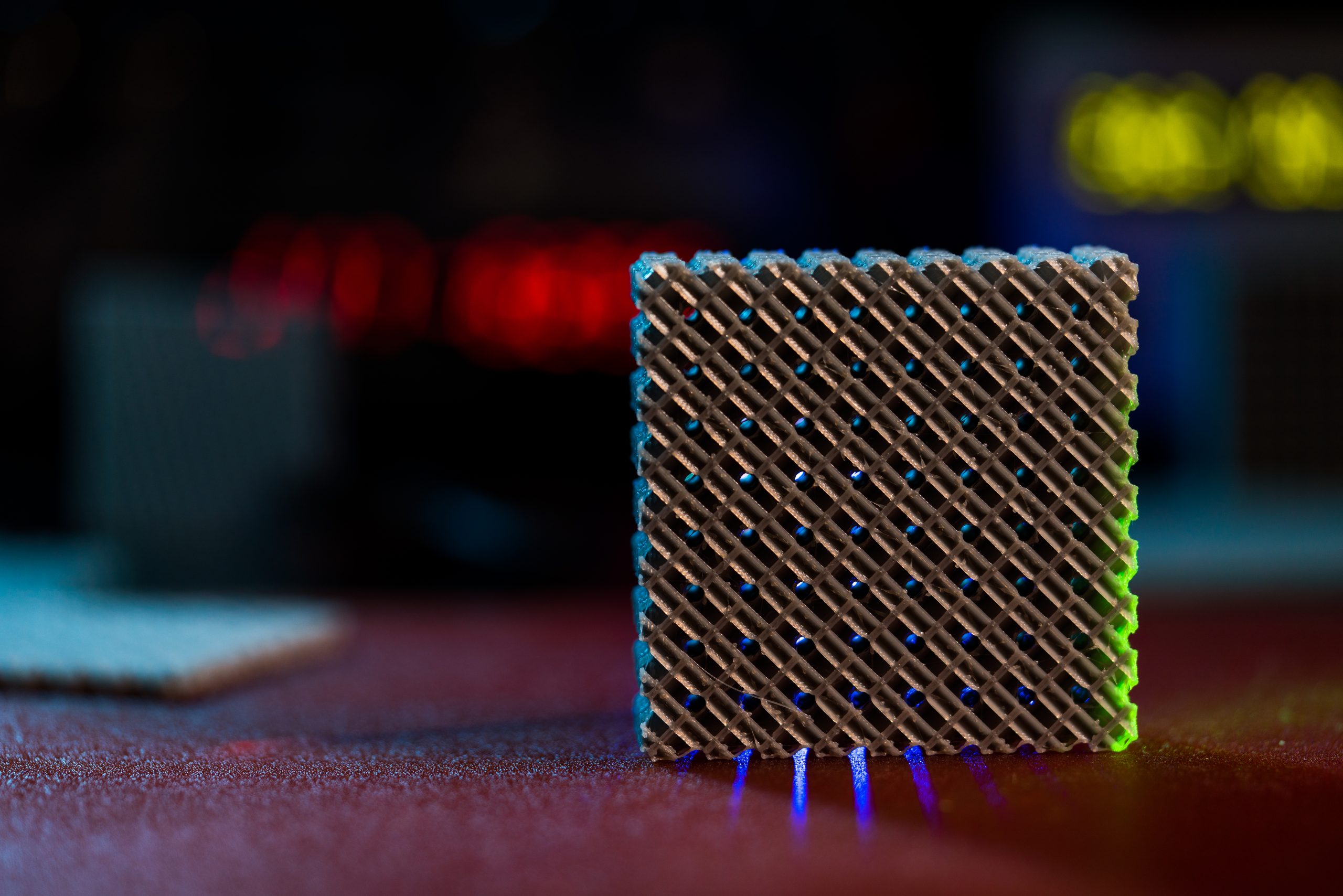
A research team created a solid-state LiDAR sensor with a 360° field of view (FOV). Made of the metasurface, an ultra-thin flat optical device one-thousandth the thickness of a human hair strand, the new sensor is attracting attention as an original technology enabling an ultra-small LiDAR sensor. The metasurface can greatly increase the viewing angle [..]
Read More
Researchers have developed a method for 2D IR spectroscopy capable of resolving a gas-phase sample’s myriad needle-thin lines. The improved resolution was due to two factors. First, the researchers used a frequency-domain rather than standard time-domain methods for generating a 2D spectrum. In standard time-domain methods, light pulses hit the sample sequentially, and the precision [..]
Read More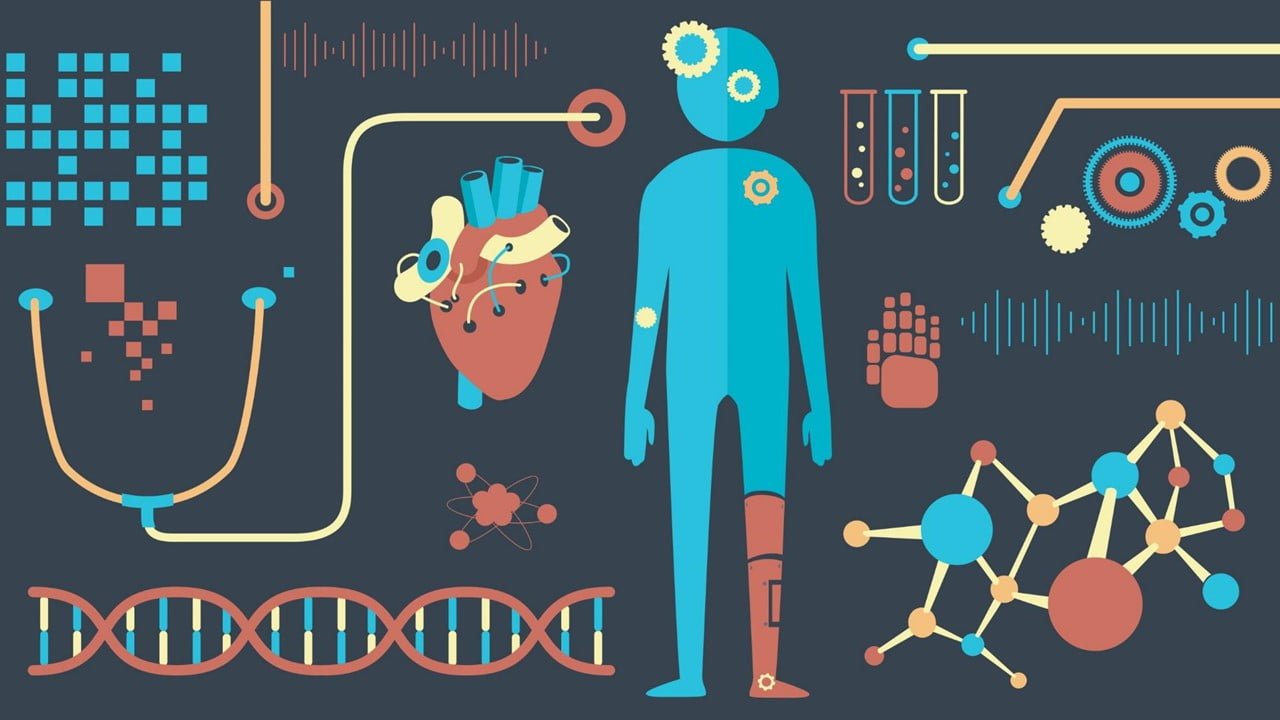
New research provides clinicians with new information about which neurosurgical implant devices are compatible with 7Tesla (7T) magnetic resonance imaging (MRI) scanning. The findings may persuade clinicians to use advanced, high-resolution MRI technology to help patients with certain implants. 7T MRI technology is considered cutting-edge. Its ultra-high-resolution images can aid in diagnosing and planning surgery [..]
Read More
VR companies are integrating iris scanner technology with new VR headsets. The integration can help personalize user experiences. It can help companies understand whether people engage with an advertisement. Tracking your eyes and face will give VR companies unprecedented insight into your emotions. A company has also filed a patent for a technology that adapts [..]
Read More
Despite being widely accepted, the physics of optical waves has some fundamental aspects that are debatable. One of these effects, the anomalous behavior of focused light fields, is being studied in a new light, a quantum light. Quantum light with a well-defined photon number behaves differently than standard focused laser beams, according to researchers. This [..]
Read More